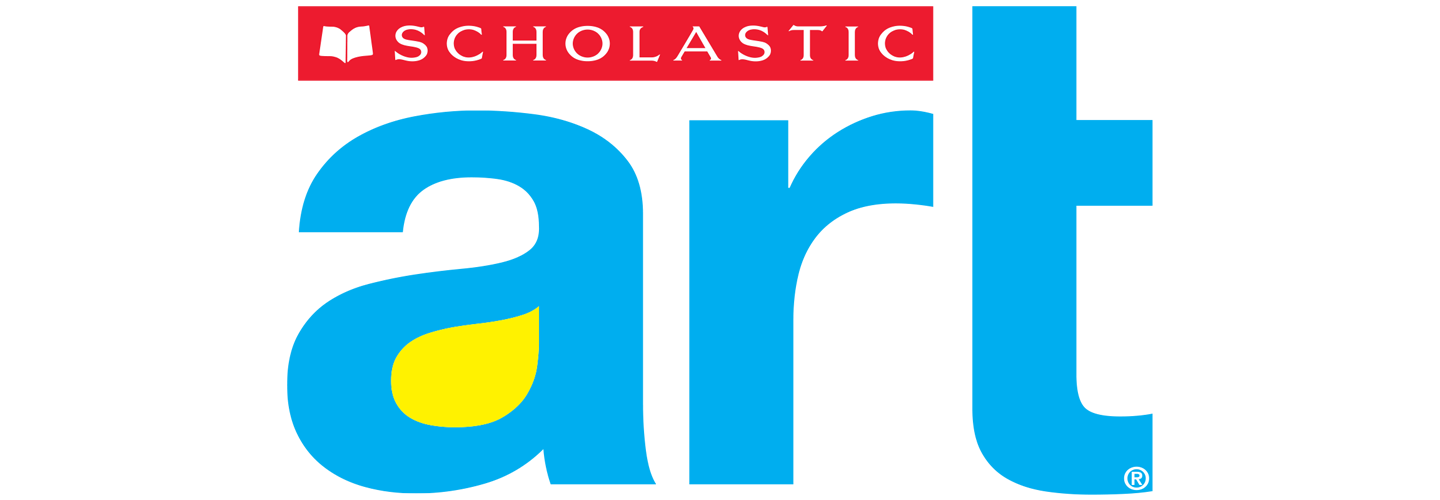Look carefully at the self-portraits included in this issue of Scholastic Art. What choices does each painter make about the techniques he or she uses to depict the setting, clothing, and objects? Do these choices reveal something personal about each artist? Keeping these iconic self-portraits in mind, cut out magazine images that have meaning for you. Look for a variety of images that could be used to create the background, middle ground, and foreground in your composition. Look for colors and textures that will energize your composition. Find an old photo of yourself at home or take a new digital photo and print it. Begin experimenting with your composition. Choose one background image, and then add one or more photos of yourself in the foreground. Incorporate other images. Use cropping, framing, gesture, or repetition in unexpected ways. Once you are happy with your composition, glue each image into place.
Tip: The scale of your images will affect how realistic or abstract your composition looks.


